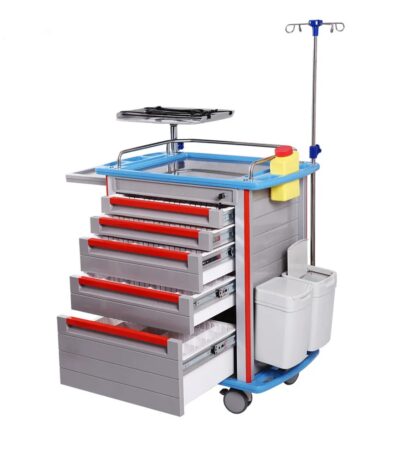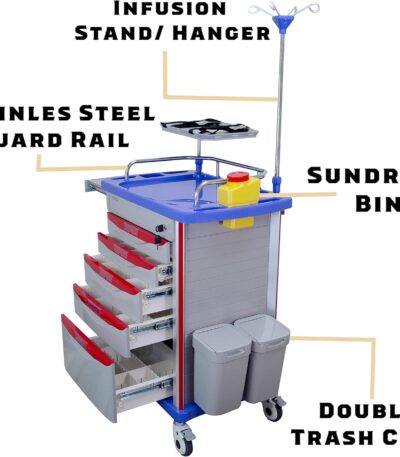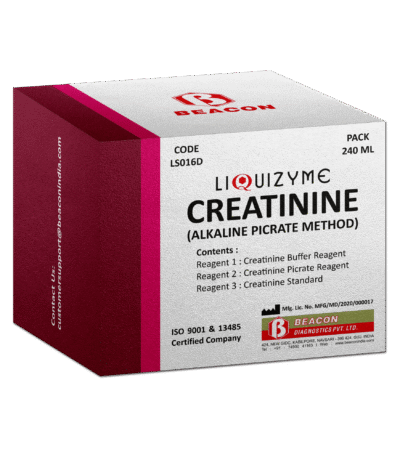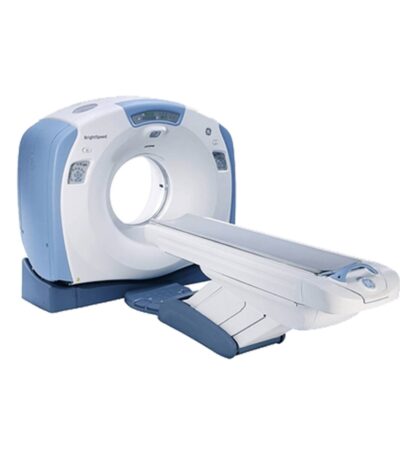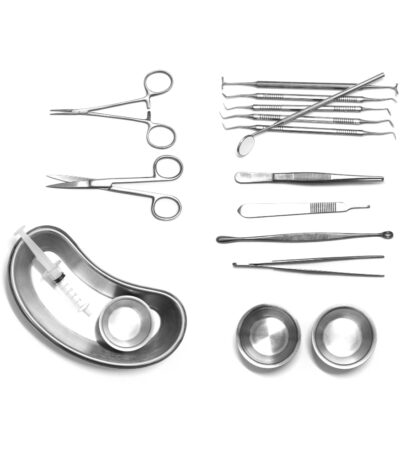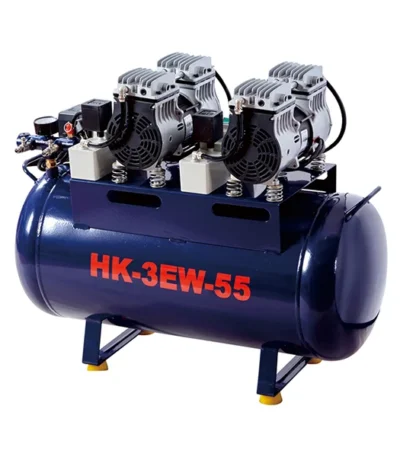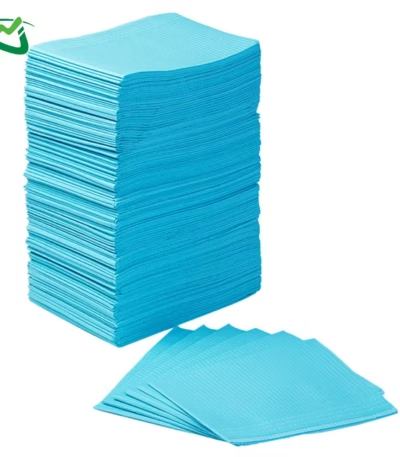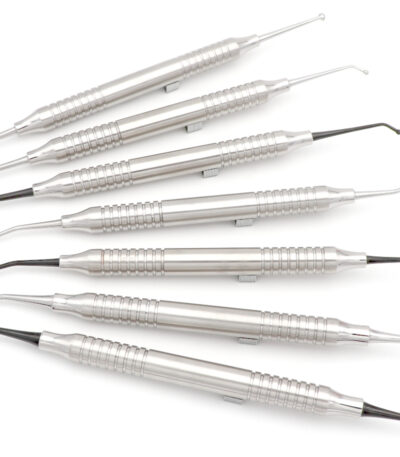Filter by price
Stock status
Showing 145–156 of 577 results
Craniotomy Set
1. Cutting and Dissecting Instruments
-
Scalpels and Blades: For making precise incisions through the scalp and soft tissues.
-
Periosteal Elevator (e.g., Molt, Freer): Used to lift and separate the periosteum from the skull surface.
-
Rongeurs (Kerrison, Leksell): For nibbling and enlarging bone openings.
-
Bone Chisel and Mallet: Used to create initial bone cuts when power tools are unavailable.
-
Bone File / Rasp: Smoothens rough bone edges after bone removal.
2. Bone-Cutting and Drilling Instruments
-
Hudson Brace and Burr Set: A manual or powered drill used to create burr holes in the skull.
-
Craniotome (Electric or Manual): For cutting between burr holes to lift the bone flap.
-
Gigli Saw with Handles: A flexible wire saw used for controlled bone cutting.
-
Penfield Dissector Set: Used for delicate dissection around dura and bone edges.
3. Retracting and Exposing Instruments
-
Scalp Retractors (Adson, Weitlaner): Hold back the scalp and soft tissues.
-
Dura Hook and Retractor: Used to lift and protect the dura mater during bone work.
-
Brain Spatulas / Retractors (Leyla, Greenberg): For gently retracting brain tissue without causing injury.
4. Hemostatic Instruments
-
Hemostatic Forceps (Mosquito, Kelly, Crile): To control bleeding from scalp and bone edges.
-
Raney Clips and Applier: Used along the scalp incision to prevent bleeding from skin edges.
-
Bone Wax: Applied to exposed bone surfaces to control oozing from diploic veins.
5. Holding and Grasping Instruments
-
Towel Clamps (Backhaus): Secure drapes and skin edges.
-
Tissue Forceps (Adson, DeBakey): Handle delicate tissues.
-
Needle Holders (Mayo-Hegar, Castroviejo): For suturing scalp and dura.
6. Dural and Brain Instruments
-
Dural Scissors: For opening the dura mater safely.
-
Dural Hook: Helps lift and manipulate the dura during incision.
-
Aneurysm Clips and Applicator (Optional): Used in vascular neurosurgery to control bleeding from cerebral vessels.
7. Miscellaneous Instruments
-
Suction Tubes (Frazier, Yankauer): For clearing blood and fluids from the operative site.
-
Bipolar Forceps: Used with an electrosurgical unit for coagulation with minimal thermal spread.
-
Irrigation Cannula and Syringe: For cleaning and cooling the surgical area.
-
Stainless Steel Basin / Sterilizing Box: For organizing and sterilizing instruments.
Crash Cart (Emergency Trolley)
The crash cart is a multi-drawer trolley mounted on castor wheels for easy mobility. It is typically made of stainless steel or powder-coated steel, designed to withstand frequent movement and cleaning. Each drawer is labeled and organized for quick access to emergency items such as airway devices, defibrillator accessories, IV supplies, and emergency medications.
It often includes a work surface on top, side bins, and mounting brackets for equipment like an oxygen cylinder, defibrillator, or suction unit.
Creatinine Reagents
1. Jaffe Method (Most Common)
-
Based on the reaction between creatinine and picric acid in an alkaline medium.
-
Produces an orange-red complex.
-
Absorbance is measured photometrically, usually at 505–520 nm.
-
Some kits include compensated Jaffe formulations to reduce interference from glucose, ketones, and proteins.
2. Enzymatic Method
-
Uses a sequence of enzyme reactions (creatininase, creatinase, sarcosine oxidase, peroxidase).
-
Produces a colored dye measurable at 550–570 nm.
-
Higher specificity than Jaffe, minimal interference.
Reagent Components
Depending on the method, creatinine reagent kits may include:
For Jaffe Method
-
Alkaline buffer
-
Picric acid
-
Stabilizers
-
Surfactants
-
Preservatives
For Enzymatic Method
-
Enzyme mixture (creatininase, creatinase, sarcosine oxidase)
-
Chromogenic dye reagents
-
Phosphate or Good’s buffer
-
Activators
-
Preservatives
Packaging Format
Most creatinine reagent kits are provided as:
-
Two-reagent system (R1 buffer + R2 working reagent)
-
Ready-to-use liquid formulations
-
Optional standards or calibrators
Common sizes: 25 ml, 50 ml, 100 ml, 250 ml, or analyzer-specific cartridges.
Sample Type
-
Serum
-
Plasma (heparin, EDTA)
-
Urine (often diluted before analysis)


